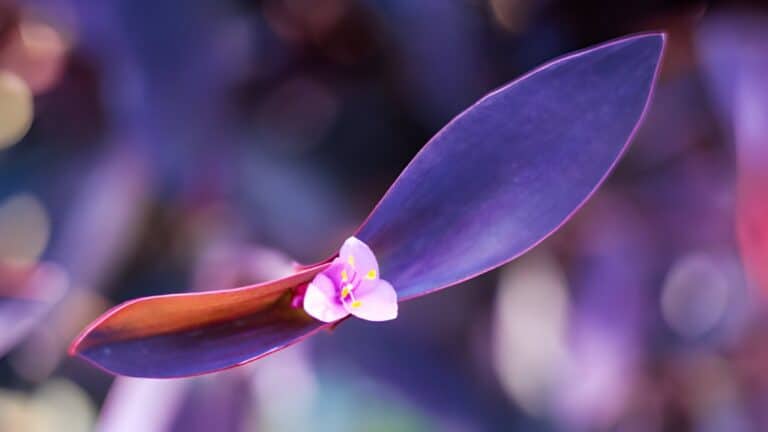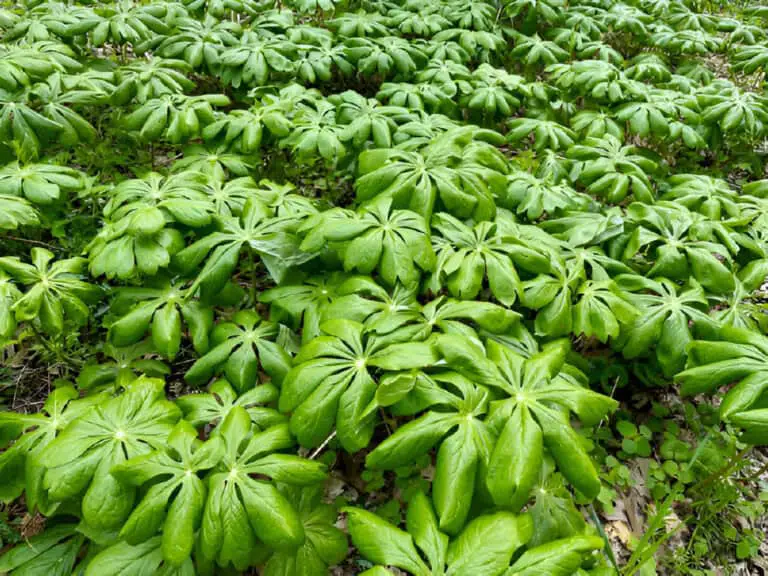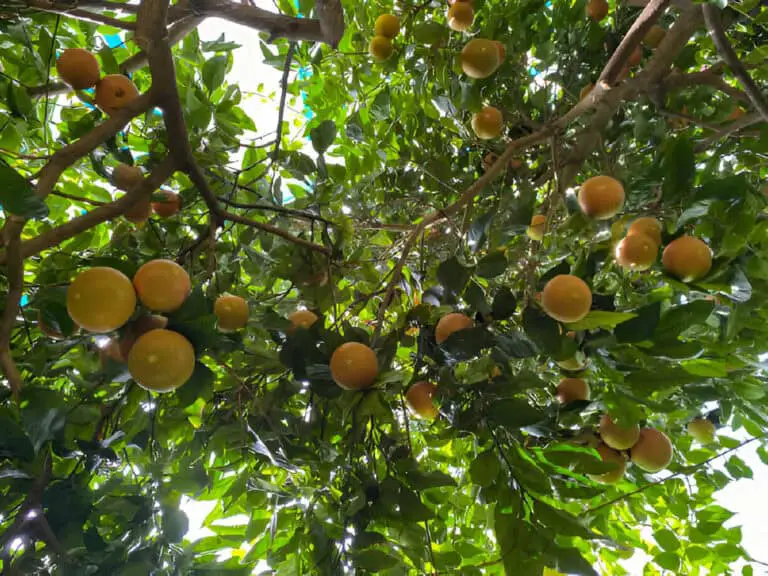Zucchini Flower Stamen: Facts and Culinary Uses You Need to Know
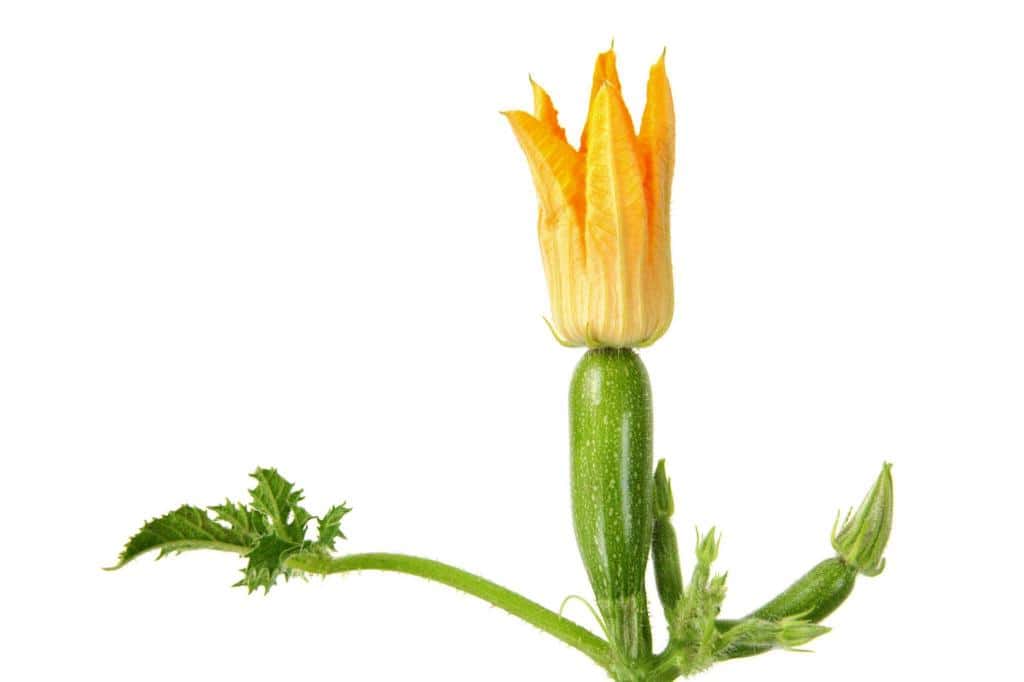
Zucchini flowers, delicate and vibrant, are like hidden gems waiting to be discovered in the vast realm of culinary delights. These pretty flowers, which are also called courgette blossoms or squash blossoms. They have a secret not always clear from their known uses. We all know about stuffing or battering zucchini flowers. Then, we fry them to golden perfection. But, what if I told you there’s much more to these floral wonders?
In this article, we’ll go beyond the usual culinary uses of zucchini flowers. We’ll shed light on a less-known part: the stamen. These edible blossoms are lovely. Their tender petals are filled with sweet nectar. But, it is in their intricate anatomy that we find an untapped world of flavor and nutrition. From soups to salads, stir-fries to sauces, get ready for your taste buds to be tantalized as we embark on a journey exploring new dimensions in gastronomy.
Botanical Anatomy of Zucchini Flowers
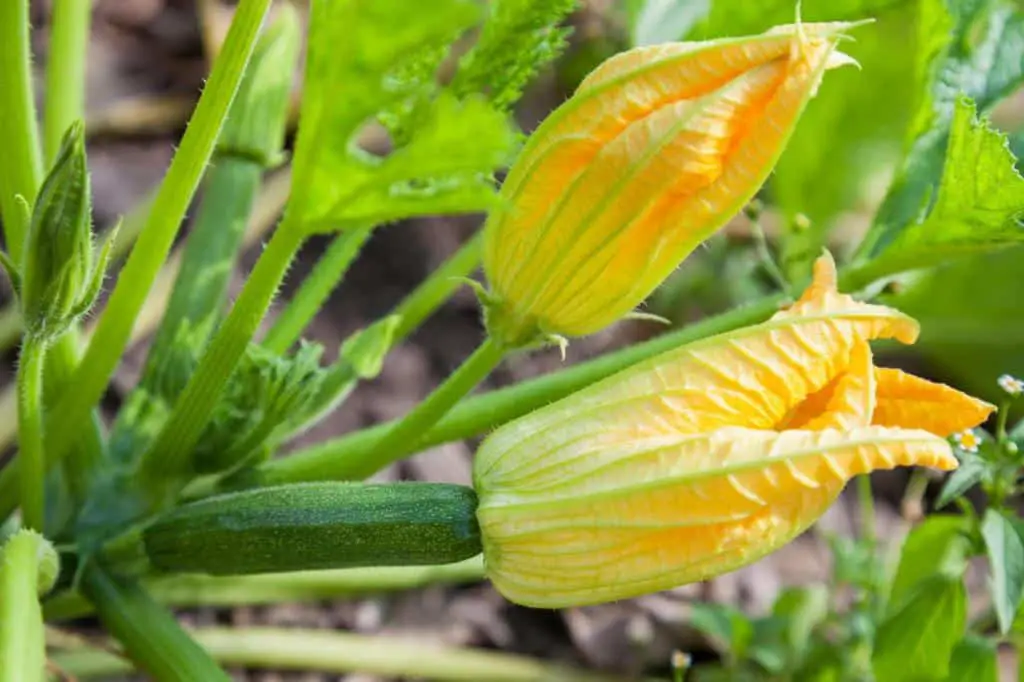
Zucchini flowers, also known as squash blossoms, are the reproductive organs of the zucchini plant. They consist of both male and female flowers, each playing a crucial role in the plant’s reproduction process. The male flowers contain the stamen, which is the male reproductive organ responsible for producing pollen.
The stamen consists of a filament, which is a slender stalk that supports the anther, where pollen is produced. The anther is a sac-like structure that contains pollen grains. When the pollen is ready, it emerges from the anther and travels to the female flowers on the wind or by insects.
The female flowers, on the other hand, contain the pistil, which is the female reproductive organ. The pistil consists of three parts: the stigma, the style, and the ovary.
The stigma is the sticky tip of the pistil that receives the pollen, while the style is the slender tube that connects the stigma to the ovary. The ovary contains the ovules, which are the female reproductive cells. When a pollen grain lands on the stigma and germinates, it sends a pollen tube down the style to the ovary, where fertilization occurs.
What is the Stamen and Filament of Flowers?
In botanical terms, the stamen is a crucial reproductive organ found in flowers. It plays a vital role in the pollination process and ultimately leads to the production of seeds and fruits. The stamen consists of two main parts: the filament and the anther.
The filament, which is slender and elongated, serves as a support structure for the anther. This raises it above other floral parts. It ensures good contact between pollen and pollinators or factors like wind. The anther itself takes on a unique appearance within zucchini flowers. Often resembling small, round structures atop thin filaments, they can vary in color from yellow to orange depending on their maturity.
Many know zucchini flowers are edible. But, few recognize that each also contains stamens. Finding culinary uses for these underappreciated parts adds depth to our cooking skills. It also invites us to delve into the beauty in a simple flower.
Nutritional Benefits of Zucchini Flower
Zucchini flowers are often praised for their delicate, tasty flavor. But, did you know that the stamens hidden within these vibrant blossoms have many nutritional benefits? Packed with vitamins, minerals, and antioxidants, the zucchini flower stamen is a valuable addition to any diet.
Firstly, the stamen is rich in vitamins A and C. Vitamin A plays a crucial role in maintaining healthy vision and supporting the immune system. Meanwhile, vitamin C acts as a powerful antioxidant that helps combat oxidative stress and promotes collagen synthesis for skin health. Simply adding zucchini flower stamens to your meals is an easy way to get more of these important vitamins.
Furthermore, this unassuming part of the zucchini flower contains high levels of potassium and magnesium. Potassium is vital for regulating blood pressure levels while aiding proper muscle function. On the other hand, magnesium supports bone health, energy production, and enzyme function. Including stamens in your dishes provides an excellent natural source of both of these essential minerals.
Lastly, the antioxidants found in zucchini flower stamens offer a myriad of health benefits. These substances reduce inflammation. They also protect against free radical damage to cells. Incorporating foods rich in antioxidants, like zucchini flower stamens, into your diet may have long-term positive effects on your overall well-being.
Adding zucchini flowers to your cooking expands flavors. It also adds a lot of nutrition to meals.
Culinary Uses of Zucchini Flowers
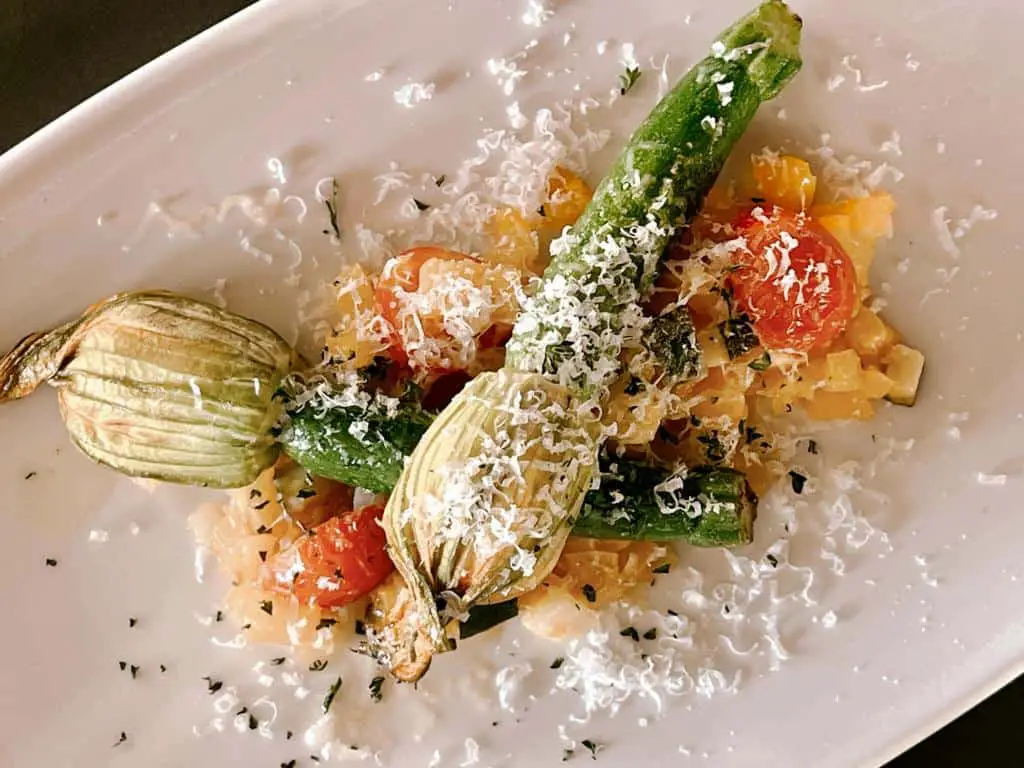
1. Traditional Methods
Zucchini flowers and their stamens hold a prominent place in traditional recipes across various cuisines. In Italian cuisine, one popular way of using zucchini flower stamens is in the classic dish known as Fiori di Zucca Ripieni, or stuffed zucchini flowers.
To prepare this delightful recipe, gently remove the stamen from the base of the flower without tearing it apart and stuff it with a mixture of cheese, herbs, and breadcrumbs. Carefully seal the petals back together and lightly fry until golden brown. The result? A mouthwatering dish that bursts with flavors.
In Mediterranean cooking, another beloved dish featuring stamen is Kolokythoanthoi Yemistoi. This recipe is from Greece. It involves stuffing zucchini flowers with a tasty filling. The filling is made of rice, fresh herbs like dill and mint, tomatoes, onions, and spices. These stuffed treasures are then baked to perfection and served as an appetizer or main course, along with some tzatziki sauce for dipping.
2. Innovative Applications
Zucchini flower stamens are versatile. They go beyond traditional recipes to more innovative dishes. They can serve as attractive garnishes or toppings. These touches elevate dishes to new heights.
Imagine adding raw or lightly blanched zucchini flower stamens to your favorite salad for an extra pop of color and texture. With their delicate flavor reminiscent of summer squash, these edible blossoms provide a unique twist on familiar greens while maintaining freshness.
Not only do they enhance salads; these beautiful botanical elements work wonderfully in pasta dishes too! Whether you’re making spaghetti aglio e olio or fettuccine Alfredo, just toss some tenderly blanched zucchini flower stamens into your pasta at the end.
It will dazzle taste buds. It will also be a visual feast. The vibrant stamens weave through each strand of pasta. To take it up another notch, sprinkle some grated Parmesan cheese over the top for an irresistible finishing touch.
Tip: Remember to always handle the zucchini flower stamens with care, being mindful not to overwhelm their delicate nature in either cooking or serving.
3. Infusing Oils or Vinegars
Infusing oils or vinegars with dried, stemmed, and ground zucchini flower stamen is a game-changer. It enhances flavors and adds a hint of elegance to your dishes. This technique allows you to unlock the delicate floral notes hidden within these vibrant petals and incorporate them into dressings, marinades, or even drizzles for that extra touch of sophistication.
To start this remarkable infusion process, simply gather a handful of dried zucchini flower stamens and place them in a clean glass jar. Then carefully pour either olive oil or vinegar over the stamens until they are fully immersed. Seal the jar tightly and let it sit for a minimum of two weeks in a cool, dark space. During this time, the oils or vinegars will absorb the subtle yet distinct flavor profile of zucchini flower stamen.
Once infused to perfection, these flavored liquids can be used in countless ways. A few drops added to freshly tossed salads will introduce an elegant twist that elevates each bite. Drizzle infused oil over roasted vegetables before serving – their natural sweetness will pair harmoniously with ruby-red tomatoes or caramelized onions.
For marinades with complex flavors found only in nature, mix balsamic vinegar with zucchini flower stamen oil. Add herbs like thyme and rosemary.
The potential in zucchini flowers is not just in their blossoms. It extends to their often-overlooked stamens too. This unique technique lets you experiment boldly and appreciate the beauty nature has given us through its crisp flowers.
4. Component in Dips and Spreads
Zucchini flower stamens are an odd ingredient for homemade dips and spreads. But, they can add a unique flavor and texture. When combined with other ingredients, such as creamy yogurt or tangy lemon juice, the delicate stamen can elevate the taste of your favorite dip recipes.
One way to incorporate zucchini flower stamens is by finely chopping them and adding them to a classic tzatziki sauce. The floral notes from the stamen beautifully complement the refreshing cucumber, garlic, and dill flavors of this Greek-inspired dip. Serve it alongside freshly baked pita bread or use it as a dressing for salads.
If you’re feeling more adventurous, consider creating a zesty pesto by blending zucchini flower stamens with fresh basil leaves, pine nuts, Parmesan cheese, garlic cloves, and olive oil. The subtle sweetness of the stamen adds an unexpected twist to this beloved Italian sauce. Toss it with pasta or spread it on crostini for a delightful appetizer that will leave your guests asking for seconds.
By adding zucchini flower stamens to your dips and spreads, you expand your cooking horizons. You also add flavors that will impress even the pickiest eaters. Embrace creativity in the kitchen and let these delicate components shine in every bite.
Seasonal Availability and Storage Tips
The best time to find fresh zucchini flowers and their stamens is during the summer months, when these glorious blooms are abundant. Farmers markets and local stores often carry them. But, if you have a garden or access to one, picking your own just before cooking makes them taste fresher.
Now that you’ve procured these botanical beauties, storage becomes key. Zucchini flowers are perishable and should be used promptly after harvesting or purchasing them while they’re still at their peak. However, if storing them is unavoidable due to time constraints or excess quantities, there are a few tips that can help extend their shelf life.
Gently wrap the unwashed zucchini flowers in damp paper towels before placing them in a plastic bag loosely sealed with air holes (to prevent moisture buildup). Store them in the refrigerator crisper drawer, where temperature fluctuations will be minimized. With proper care like this, you can savor the flavorful rewards of zucchini flower stamen even beyond its peak season!
Where can I source Zucchini Flowers with Intact Stamens?
People who want to find zucchini flowers with stamens that are still attached should usually go to their local farmers’ markets. These picturesque markets not only offer a wide array of fresh produce but are also bustling hubs of culinary inspiration. Local farmers take great pride in their crops and are more likely to harvest zucchinis at peak ripeness while keeping the flowers intact.
For those who may not have access to farmers’ markets, specialty grocery stores can be another excellent resource for locating zucchini flowers. These stores often stock unique and niche ingredients that may be harder to find elsewhere. Be sure to look for freshly picked flowers that still boast vibrant colors and appear undamaged—signs of their quality.
Today, in the digital age, online sources are invaluable. They help find hard-to-find ingredients, like zucchini flowers. Many websites now connect consumers to local growers or specialized suppliers. They can deliver these delicate blossoms right to your doorstep. This convenient option allows you to explore different varieties and expand your culinary repertoire from the comfort of home.
Conclusion
In conclusion, the humble stamen of zucchini flowers is indeed a hidden gem in the culinary world. With its delicate flavor and impressive nutritional profile, it is a versatile ingredient that can elevate any dish. We have explored their various uses, from stuffing them with flavorful fillings to using them as an edible garnish. The stamen’s bright color adds visual appeal to dishes. It also has a subtle taste that goes well with other ingredients.
Adding zucchini flower stamen to your meals gives them a unique twist. It also adds to the health benefits it provides. It is rich in vitamins A and C. It also has vital minerals like potassium and magnesium. This often overlooked part of the zucchini flower brings both taste and nutrition to your table.
So why not embark on a culinary adventure by experimenting with zucchini flower stamens in your cooking? You can sauté them lightly or add them to pastas or risottos. There are endless ways to make tasty and healthy meals with this underrated ingredient. Don’t let their beauty go unnoticed anymore – embrace the wonderful flavors and textures that zucchini flower stamens bring to your dishes!

